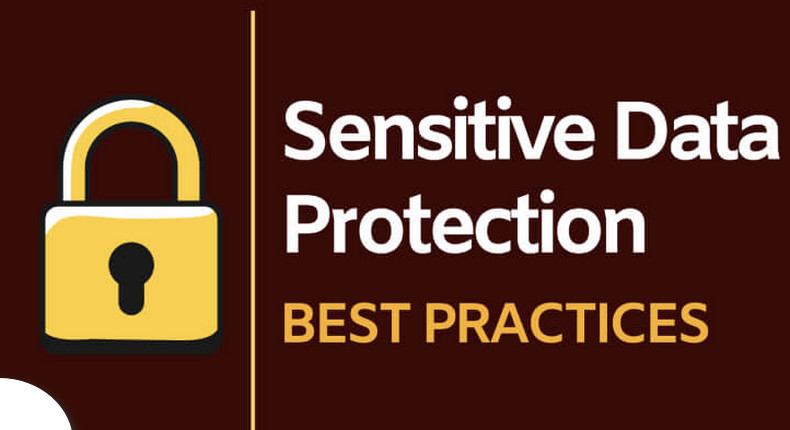
Data breaches can devastate any business, regardless of size. Therefore, implementing effective cybersecurity practices is essential. This guide will provide the top strategies every business should adopt to strengthen data protection and avoid breaches.
1. Educate Employees on Cybersecurity Basics
Employees are often the first line of defense. Frequent training helps them recognize and respond to threats more effectively. They should understand phishing risks, social engineering tactics, and suspicious emails. Well-informed staff members can prevent many breaches before they happen.

2. Use Strong Password Policies
Weak passwords are easy targets for cybercriminals. Encourage employees to use complex, unique passwords for each account. Consider implementing multi-factor authentication (MFA) to add an extra layer of security. Strong passwords combined with MFA make unauthorized access significantly harder.
3. Implement Multi-Factor Authentication (MFA)
Multi-factor authentication adds a second layer of protection. Even if a password is stolen, MFA can prevent unauthorized access. This simple, effective measure deters many attackers by requiring additional verification steps.
4. Regularly Update Software and Systems
Outdated software is vulnerable to cyberattacks. Hackers exploit these security gaps to access sensitive data. Regular updates and patches close these vulnerabilities, reducing the risk of breaches. Enable automatic updates where possible to stay protected.
5. Limit Access to Sensitive Information
Not all employees need access to sensitive data. Restricting access minimizes the chances of accidental leaks or intentional misuse. Implement role-based access controls to ensure only authorized personnel handle sensitive information.

6. Conduct Regular Security Audits
Security audits identify weak points in your defenses. Routine assessments help you stay ahead of potential threats. Addressing these vulnerabilities promptly strengthens overall cybersecurity. External audits offer unbiased insights and identify overlooked risks.
7. Backup Data Regularly
Data backups protect you from data loss caused by breaches or ransomware attacks. Keep backups in secure, offsite locations, and test them regularly. This ensures quick recovery after a cyber incident, minimizing downtime and data loss.
8. Use Firewalls and Antivirus Software
Firewalls and antivirus software are fundamental security tools. Firewalls block unauthorized network access, while antivirus software detects and removes malware. Together, they provide essential protection against cyber threats.
9. Secure Wi-Fi Networks
Unsecured Wi-Fi networks expose your business to cyber risks. Set strong passwords for your network and use encryption. Consider segmenting your network for guest access to reduce vulnerabilities further.
10. Monitor and Respond to Threats in Real-Time
Real-time monitoring identifies suspicious activities as they happen. Use cybersecurity tools to detect unusual behavior and potential breaches. Immediate response minimizes damage and reduces recovery time after an incident.
11. Create an Incident Response Plan
An incident response plan outlines steps to handle cyber incidents effectively. A clear plan ensures swift action, reducing damage during a breach. Regularly update and test this plan to ensure it meets your business’s evolving needs.
12. Encrypt Sensitive Data
Encryption scrambles data, making it unreadable without a decryption key. This adds a layer of security, especially for data in transit. Encrypted data is much harder for cybercriminals to exploit, even if they gain access.
13. Regularly Assess Third-Party Risks
Third-party vendors can introduce vulnerabilities. Conduct assessments to ensure they follow strong security practices. Review their policies and security standards regularly to avoid potential risks from external partners.

14. Conduct Phishing Simulations
Phishing remains a major threat to businesses. Simulations teach employees to recognize phishing attempts in real situations. Regular testing and feedback improve their response, making your business more resilient.
15. Secure Remote Work Environments
Remote work has increased cybersecurity risks. Use VPNs for secure connections, enforce device policies, and train remote workers. These steps protect sensitive data outside the office environment.
Conclusion
By implementing these cybersecurity practices, businesses can better protect their data and prevent breaches. Consistent efforts in cybersecurity keep your business resilient against evolving cyber threats.